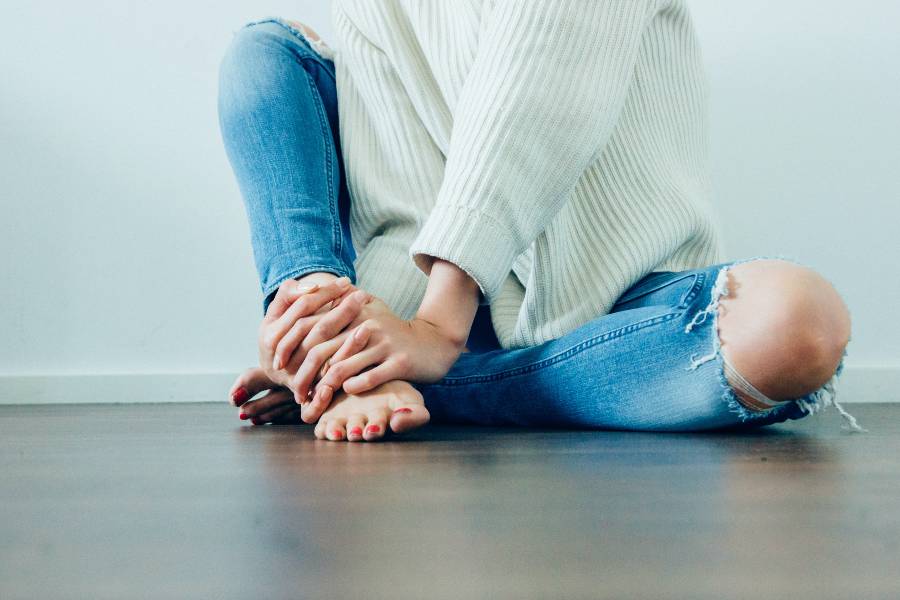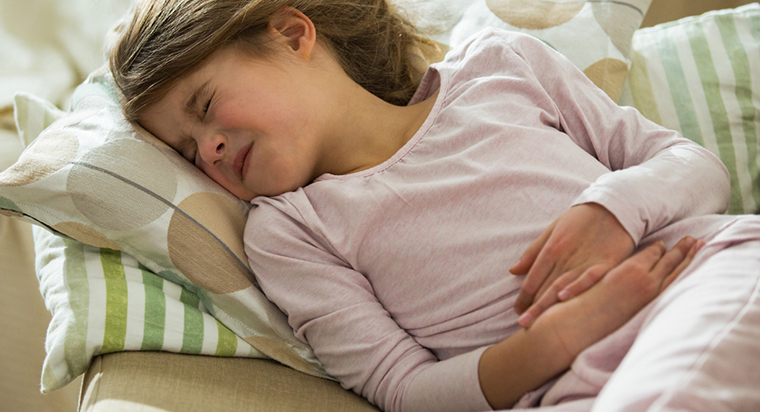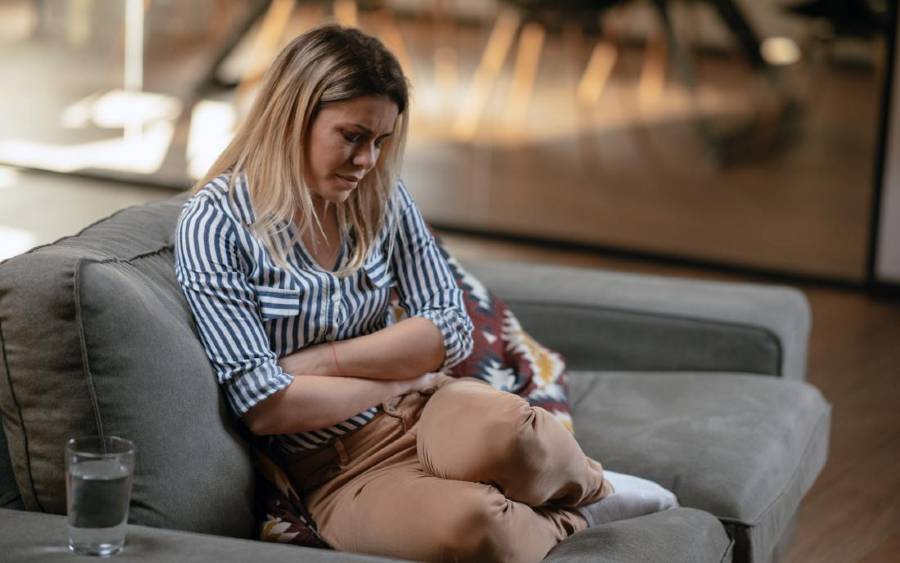Health
5 Causes Of Dry Eye And How To Treat It
Tears are a combination of water, oil, mucus, and antibodies, and an imbalance of these elements can cause dry eyes. Eye conditions can lead to the development of dry eye conditions such as blepharitis (dandruff, Meibomian gland dysfunction, ocular rosacea, uneven eyelid margins, and mites that live in the eyelash follicles. Eyelid problems can affect the flow of tear film. This is usually treated with attention to eyelid hygiene, which includes applying a warm compress to the eyelids to open up blocked glands and allow them to release natural oils into the tear film.
When you start to wash your face before going to bed, gently wash your eyelids to remove bacteria that may cause blepharitis and meibomian gland problems, which can cause dry eyes.
The right balance of oil, water and mucus must be maintained to keep the tears lubricated and protect the eyes. Deficiencies in any of these ingredients can lead to dry and irritated eyes. If high-quality tears are not produced at a constant rate, the surface of your eyes will irritate, and your eyes will water excessively in an attempt to lubricate them. Not enough tears can dry out the surface of the eye.
Dryness on the surface of the eyes can sometimes lead to an overproduction of the watery portion of the tears as a defense mechanism. Dry eye symptoms may develop if the tears evaporate too quickly or are unevenly distributed over the cornea due to a deficiency in any of the three layers of the tear. More severe cases of dry eyes usually occur in people with autoimmune diseases, such as rheumatoid arthritis or lupus, and can cause long-term visual impairment. Mild cases of dry eyes can often be treated with over-the-counter artificial tear solutions.
If you are taking medication and experience dry eyes, talk to your doctor. If a certain drug is causing dry eyes, talk to your doctor about switching to another drug. If allergies are the underlying cause, antihistamine eye drops can help. Preservatives in medicated eye drops that are used all the time, including glaucoma drops and over-the-counter artificial tears, can also worsen dry eye symptoms. Artificial tears (dry eye drops) can help lubricate the eyes and relieve symptoms for moderate to occasional dry eyes.
Dry eye treatment focuses on restoring or maintaining normal tears in the eye to minimize dryness and associated discomfort and maintain eye health. The main methods used to manage and treat dry eye include:
- Adding tears with over-the-counter artificial tears.
- Retaining tears.
- Increasing tear production.
- Treating inflammation of the eyelid or the surface of the eye that causes dry eye.
Other treatments can improve the quality of tears or prevent tears from flowing quickly from the eye. If your symptoms are related to irritation from smoke, wind, or dry air, relieving eye disease can be as simple as making a lifestyle change.
These remedies may temporarily relieve symptoms, but your optometrist can provide you with an effective treatment for the underlying cause of dry eye.










